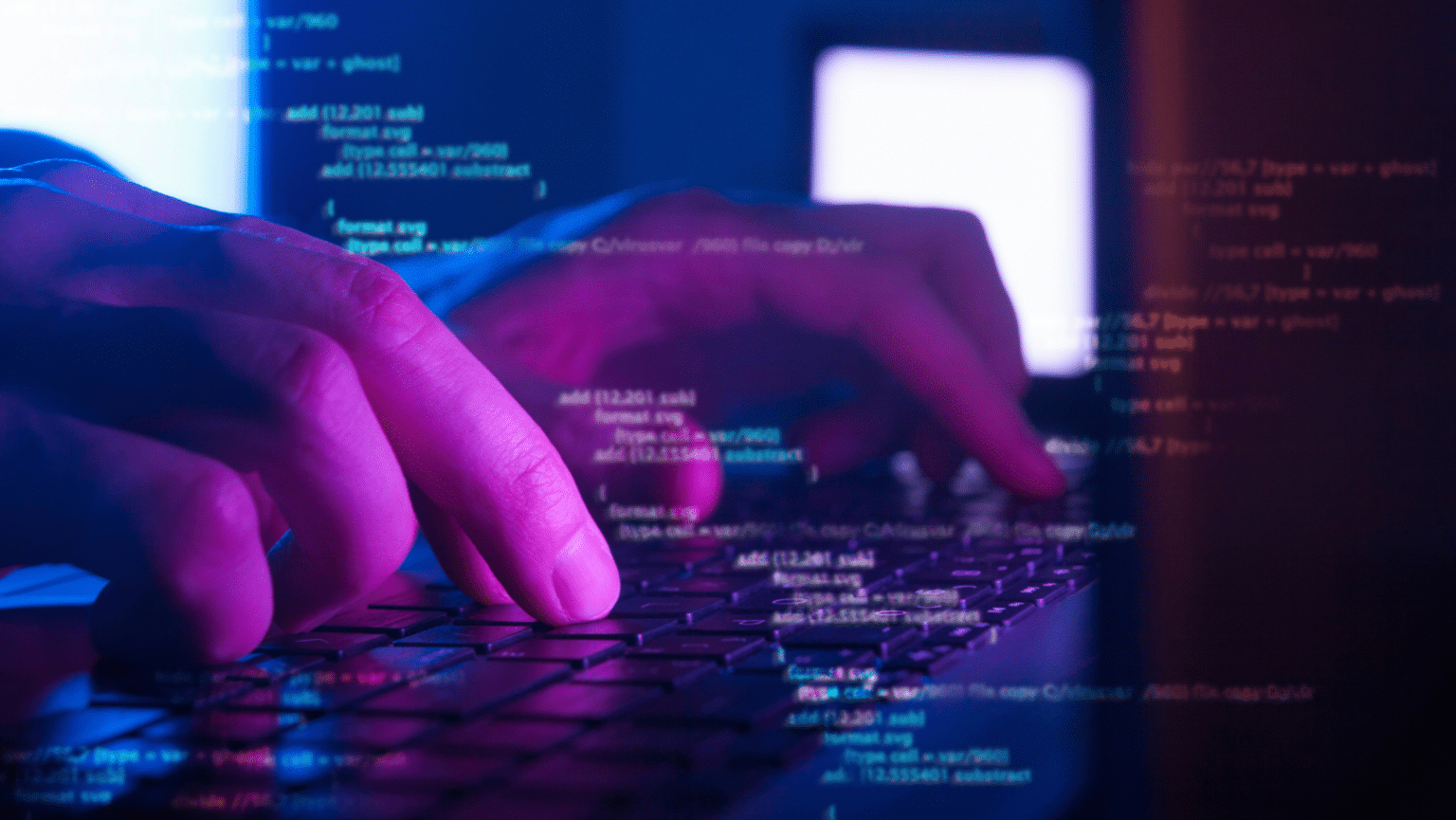
10 Sep Cybersecurity experts are faced with challenges and lack of resources
There’s no doubt that the cybersecurity field is a challenging one indeed. While great efforts have been made to onboard new hopefuls and simultaneously make cybersecurity as accessible as possible, the modern environment is rife with obstacles.
Cybersecurity professionals, regardless of position, encounter a digital landscape assaulted with threats, complications, and an advancing attack sector.
Modern challenges of the cybersecurity sector
When you think of difficulties in IT and cybersecurity, our first thought goes to malware, phishing campaigns, threat actors, and hackers. While it’s true these malicious entities still prove a constant problem, internal factors play a role too.
Like any team of people, an effective cybersecurity posture relies on resources. But it’s these resources in short supply. Specifically, cybersecurity professionals encounter several problems when attempting to perform their tasks.
- Lack of budget and capital for proper cybersecurity defense
- Reduced or unavailable staff, shortages in experts, excessive hours
- Complexity of workloads and expanding attack surfaces due to remote infrastructure
You can imagine how these issues feed into each other, creating a negative feedback loop exacerbating problems.
For example, lack of staff leads to worker burnout, and worker burnout contributes to higher turnover rates. Less staff means remaining workers have to handle additional tasks, equating to more burnout, and the cycle repeats. Meanwhile, hackers spend less time deploying attacks. With the expansion of dark web services like RaaS (ransomware as a service), threat actors need to do less while gaining more.
Despite this constant evolution of threats, cybersecurity experts and teams must fend off attackers. However, easier said than done.
Additional attack surfaces
An attack surface, simply defined, is a point of entry for a threat actor. A computer or network, for example, is an attack surface. It doesn’t mean hackers succeed when trying to penetrate a surface, but it is a node that needs securing and monitoring.
Remote working has also added a layer of new complexity. Cybersecurity pros rely on insight and network visibility to create strategies and protect digital assets. However, remote environments are much harder to manage and even develop the “shadow IT” problem, where unknown assets, software, and apps are used in conjunction with the business network.
Controlling these nodes is much harder. Given that remote work is also handled by a remote workforce, responding to and managing threats from those attack surfaces makes life difficult for any cybersecurity pro.
Reduced work satisfaction
It’s important that everyone feels involved in their workspace. The feeling that we make meaningful contributions to a workflow or enterprise increases personal value, and, justifies our expertise. However given the overwhelming nature and stress of current IT/cybersecurity demands, experts are losing out on this feeling of satisfaction.
That also ties into feelings of burnout and stress. It’s hard to feel satisfied with cybersecurity work when a seemingly endless storm of troubleshooting fires and security concerns happens at a nonstop pace. It creates a sense that methods aren’t working, even though any kind of cybersecurity work is meaningful.
Lack of staff and resources
As mentioned, a shortage in staff only worsens every negative characteristic regarding weak cybersecurity posture. It’s not only a matter of onboarding new hires, either. Key positions, like cloud security management and cybersecurity analytics, are critical positions that need staff, of which there are severe shortages.
Resource management is also in the downturn. Experts find themselves with a lack of capital resources and proper investment from business management. In some cases, it’s the absence of finances entirely. In other words – especially with smaller organizations – there simply isn’t enough to go around for onboarding staff, tech, and scaling solutions to meet the modern demands of today’s threatscape.
Furthermore, the responsibility of managing and defending incoming attacks must evolve beyond the cybersecurity teams. From AI-based malware to brute force techniques, threat actors have a near indispensable resource pool to draw from. The same cannot be said for cybersecurity protection.
Utilizing third-party resources
Addressing these concerns, challenges, and overall weaknesses requires a serious examination of current practices. Unfortunately, even with readily available tools for new cybersecurity hopefuls, there’s no guarantee it’s enough to fill important roles.
In response, some organizations turn to third-party resources and tools to help fill the gaps. Managed IT providers possess the essentials for a strong cybersecurity posture, ranging from experts (that they can always access, even remotely) to powerful insight-driven defense measures.
Given the numerous challenges, time constraints, and burnout issues modern cybersecurity experts face, using external help is an ideal way to reduce the burden on staff and infrastructure.
Bytagig is an MSP, stationed in Oregon offering numerous remote support services and infrastructural needs. For more information, you can contact us today.
Share this post:
Sorry, the comment form is closed at this time.